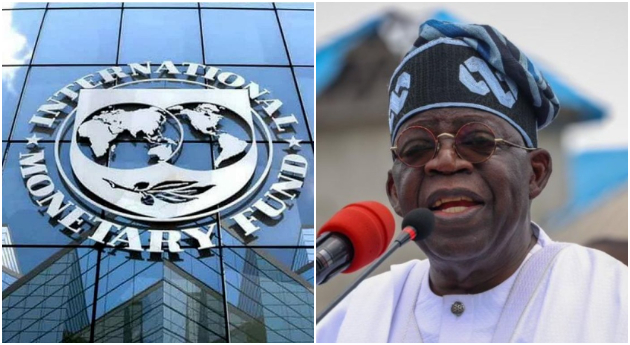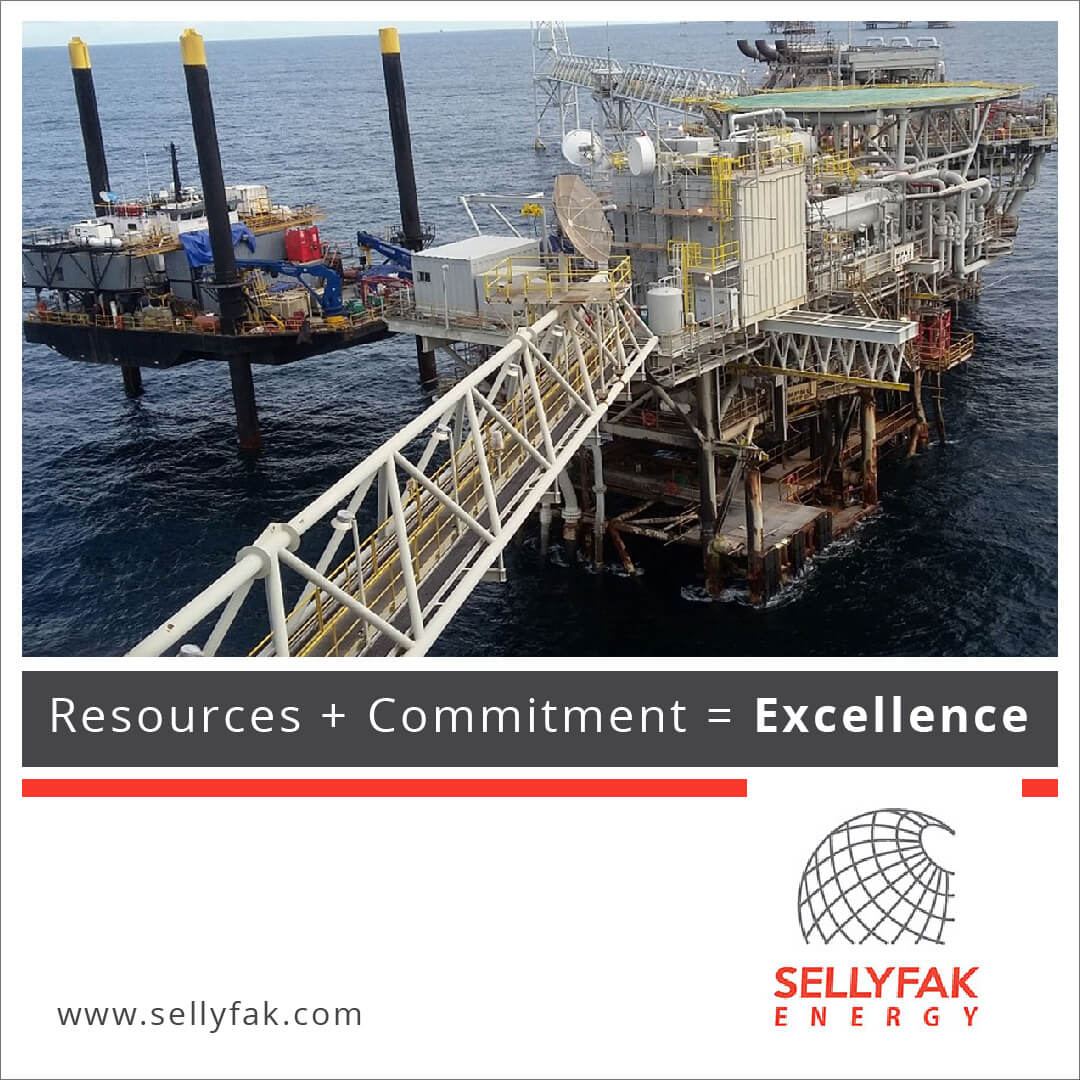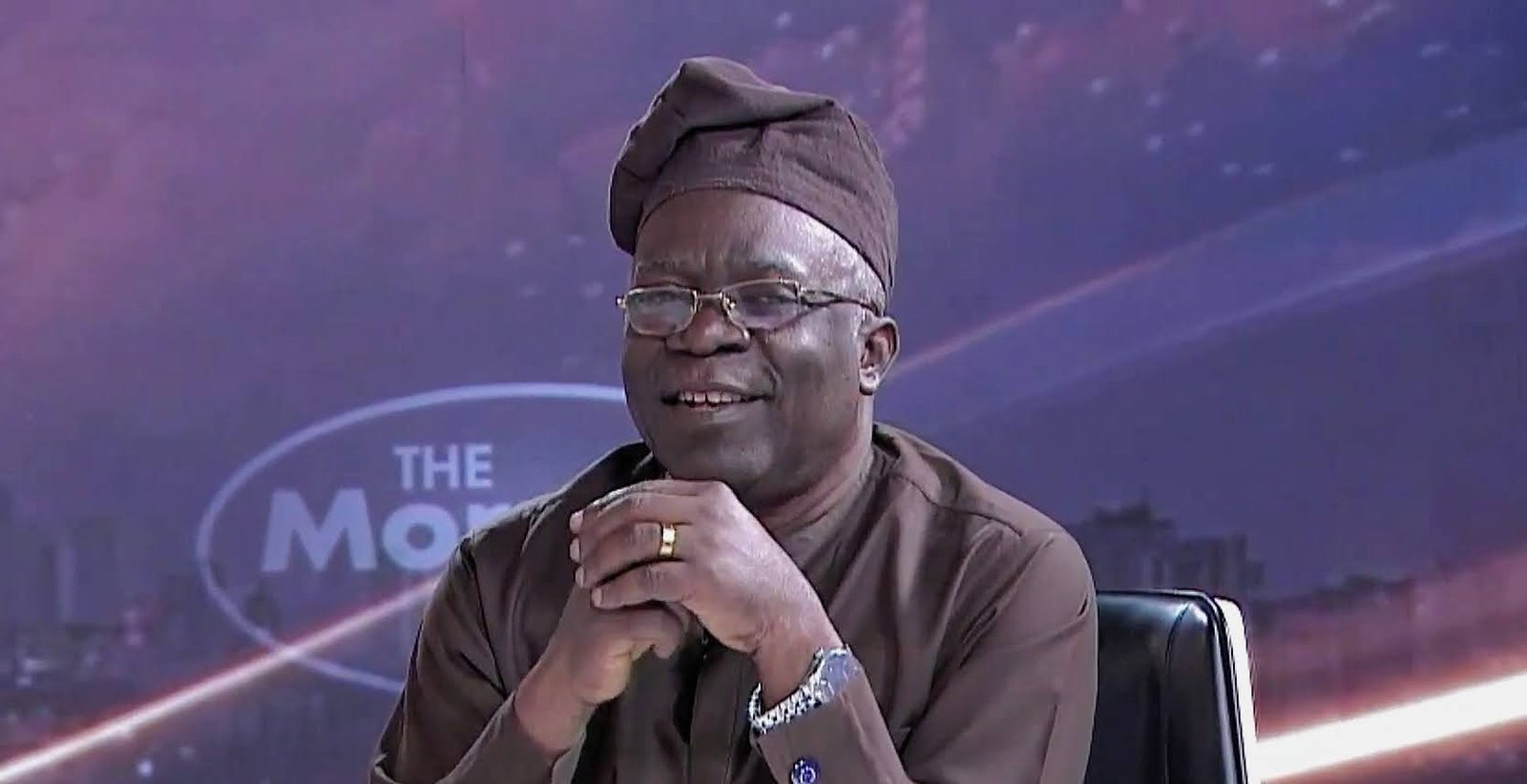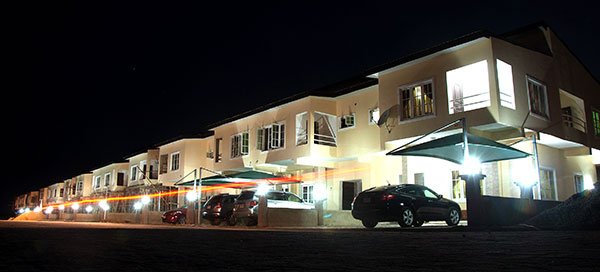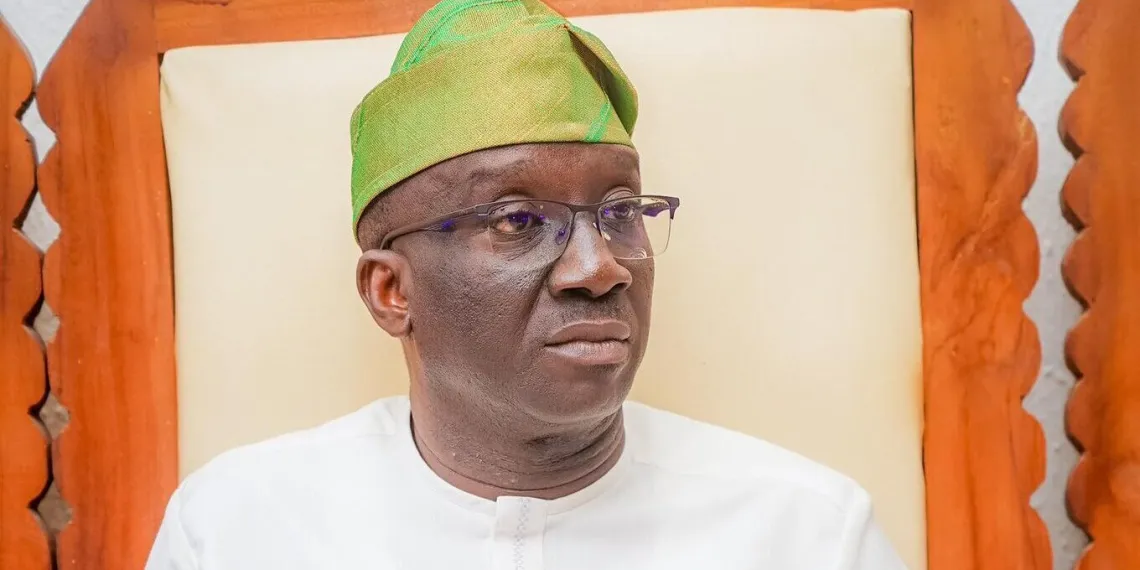Egypt has rolled out its first fuel price increase of 2025, raising costs by up to 15% to align with the International Monetary Fund’s (IMF) stringent requirements under an $8 billion loan agreement.
This move, effective immediately, adjusts prices across multiple fuel products, with increases ranging from 11.76% to 14.81%.
The hike follows the IMF’s approval of a $1.2 billion disbursement in March, marking the fourth review of Egypt’s ongoing loan program. These subsidy cuts are a critical step in Egypt’s economic restructuring, driven by the IMF’s push for cost recovery by December 2025.
Breakdown of Fuel Price Increases
The price adjustments impact essential fuel types nationwide. Diesel, a cornerstone of Egypt’s economy, jumped by 2 Egyptian pounds per litre, rising from 13.50 to 15.50 pounds.
Gasoline prices also climbed: 80 octane gasoline now costs 15.75 pounds per litre, 92 octane hit 17.25 pounds, and 95 octane reached 19 pounds.
Meanwhile, butane cooking gas, widely used by households, surged from 150 pounds to 200 pounds per cylinder. These increases reflect Egypt’s gradual shift toward reducing its heavy reliance on fuel subsidies while addressing IMF mandates.
IMF Loan Agreements and Economic Reforms
Egypt’s latest fuel price hike ties directly to its economic restructuring efforts, which began in 2016 with a $12 billion IMF loan aimed at stabilizing the nation after years of political upheaval.
That initial agreement required cuts to subsidies on fuel, electricity, and food, alongside bolstered social safety nets. The current $8 billion IMF loan, enacted as an extension of these reforms, intensifies the focus on subsidy reduction.
The IMF’s directive to achieve full cost recovery by year-end underscores Egypt’s commitment to fiscal discipline amid ongoing economic challenges.
Economic Pressures and Subsidy Costs
Despite repeated price adjustments in 2024, Egypt’s fuel subsidy burden remains hefty, with monthly expenditures averaging 10 billion Egyptian pounds ($197.7 million).
The nation’s economic woes are compounded by declining Suez Canal revenues a vital foreign currency lifeline and reduced natural gas production.
These setbacks have deepened foreign currency shortages, stalling business operations and port activities. In response, Egypt has sought a 46-month extended IMF loan to mitigate the dollar scarcity that has plagued its economy since early 2022, when the Egyptian pound lost over two-thirds of its value against the dollar.
Government Strategy and Future Plans
Prime Minister Mostafa Madbouly has pledged to maintain partial diesel subsidies, avoiding full cost recovery for now, while targeting a broader reduction in petroleum subsidies by December 2025.
Even with these hikes, Egypt’s fuel prices remain among the world’s lowest, highlighting the delicate balance between subsidy cuts and economic stability.
The government faces the daunting task of easing financial pressures driven by foreign currency shortages while fulfilling IMF conditions, a challenge made steeper by the Egyptian pound’s significant depreciation since 2022.















